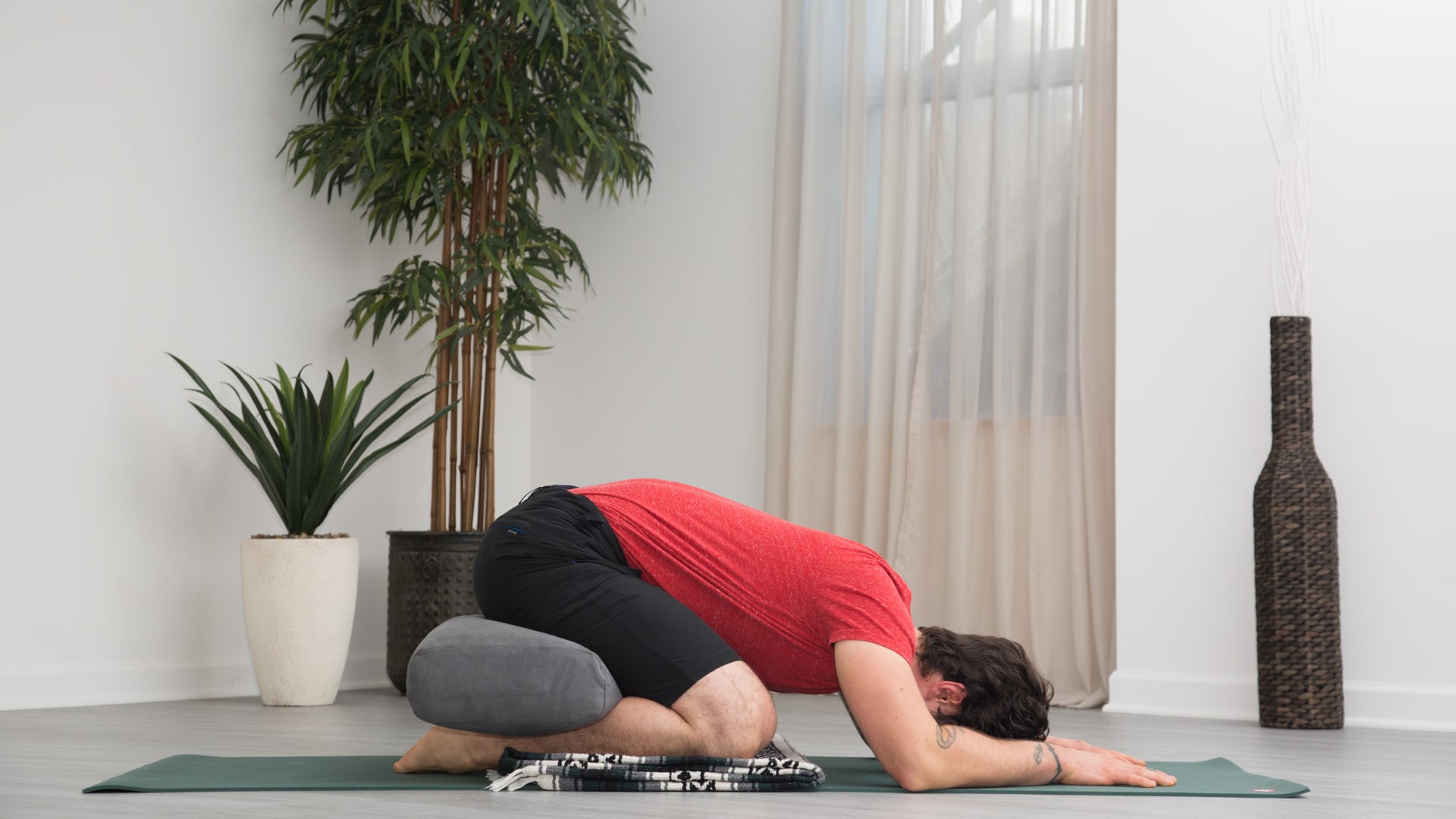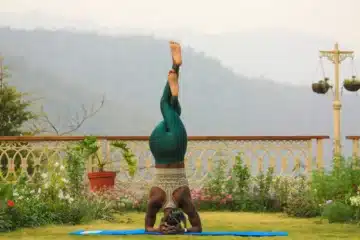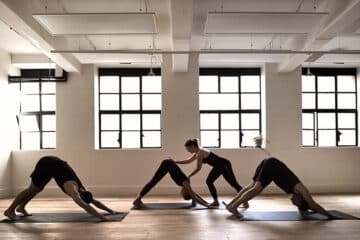Back pain is a common issue that affects people of all ages and lifestyles, often stemming from factors such as poor posture, muscle tension, or injury.
While medication and physical therapy can provide relief, incorporating yoga sequences into your routine can offer a natural and holistic approach to alleviating back pain.
In this article, we’ll explore several yoga sequences specifically designed to target different areas of the back, helping to relieve tension, improve flexibility, and restore comfort and mobility.
Gentle Warm-Up Sequence
Before starting any yoga sequence for back pain relief, it’s essential to gently warm up the body to prepare for movement. This sequence focuses on mobilizing the spine and releasing tension in the muscles.
- Cat-Cow Stretch (Marjaryasana-Bitilasana): Begin on your hands and knees in a tabletop position. Inhale as you arch your back, lifting your chest and tailbone toward the ceiling (Cow Pose). Exhale as you round your spine, tucking your chin to your chest and drawing your belly button toward your spine (Cat Pose). Repeat this sequence several times, syncing your breath with the movement.
- Child’s Pose (Balasana): From tabletop position, sit your hips back onto your heels, extending your arms forward and resting your forehead on the mat. Relax your entire body, allowing your spine to lengthen and your back muscles to release tension. Hold this pose for several breaths, focusing on deepening your breath and surrendering to the stretch.
Lower Back Pain Relief Sequence
This sequence focuses on stretching and strengthening the muscles of the lower back, providing relief for discomfort in this area.
- Downward-Facing Dog (Adho Mukha Svanasana): Start on your hands and knees in tabletop position. Lift your hips toward the ceiling, straightening your arms and legs to form an inverted V shape. Press your hands into the mat, engage your core muscles, and lengthen your spine. Pedal your feet to alternate bending and straightening your knees, allowing your heels to sink toward the floor to stretch the backs of your legs and your lower back.
- Sphinx Pose (Salamba Bhujangasana): Lie on your stomach with your legs extended behind you and your elbows directly under your shoulders. Press your forearms into the mat, lifting your chest and head while keeping your pelvis grounded. Relax your shoulders away from your ears and lengthen through the crown of your head, creating a gentle backbend in your spine. Hold this pose for several breaths, feeling the stretch along the front of your body and the gentle compression in your lower back.
Upper Back and Shoulder Tension Release Sequence
This sequence targets tension and tightness in the muscles of the upper back and shoulders, providing relief for discomfort in these areas.
- Eagle Arms (Garudasana Arms): Sit or stand tall with your arms by your sides. Bring your arms out to the sides, then cross your right arm over your left, bending both elbows. Press the palms of your hands together or hook your fingers, bringing your elbows up in line with your shoulders. Lift your elbows slightly and draw your shoulder blades down your back to deepen the stretch in your upper back and shoulders. Hold this arm position for several breaths, then release and repeat on the other side.
- Thread the Needle Pose (Sucirandhrasana): Start on your hands and knees in tabletop position. Reach your right arm underneath your body, threading it between your left hand and knee, and lower your right shoulder and ear to the mat. Press into your left hand to gently deepen the stretch in your upper back and shoulder. Hold this position for several breaths, feeling the release of tension along the spine and in the shoulder of the extended arm. Repeat on the other side to balance the stretch.
Conclusion
Incorporating these yoga sequences into your routine can provide relief for back pain, improve flexibility, and promote overall spinal health.
Whether you’re dealing with discomfort in the lower back, upper back, or shoulders, regular practice of these sequences can help alleviate tension, reduce stiffness, and restore comfort and mobility to your body.
Remember to listen to your body, breathe deeply, and practice mindfully as you move through each sequence.
With dedication and consistency, yoga can be a valuable tool for finding relief from back pain and restoring balance to your life.



